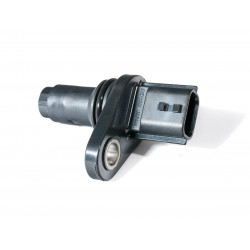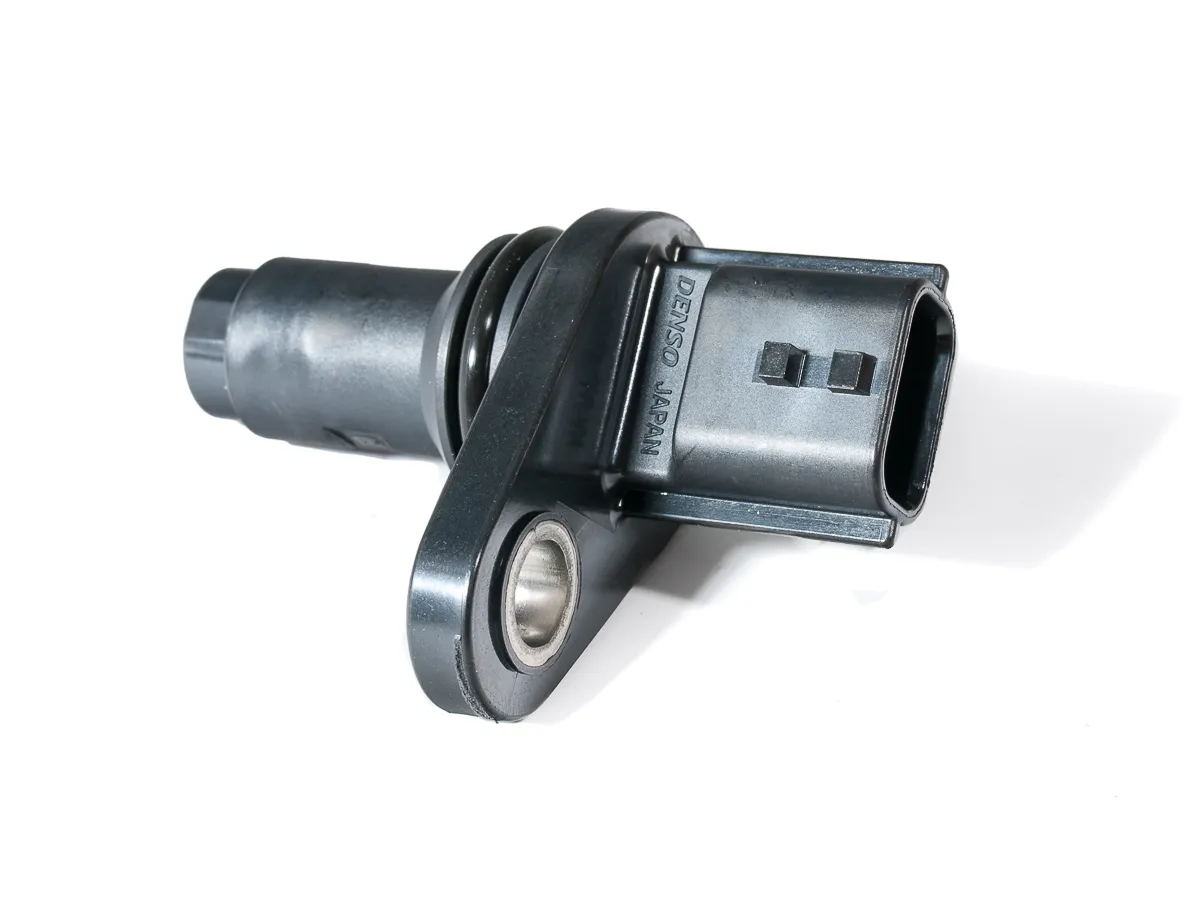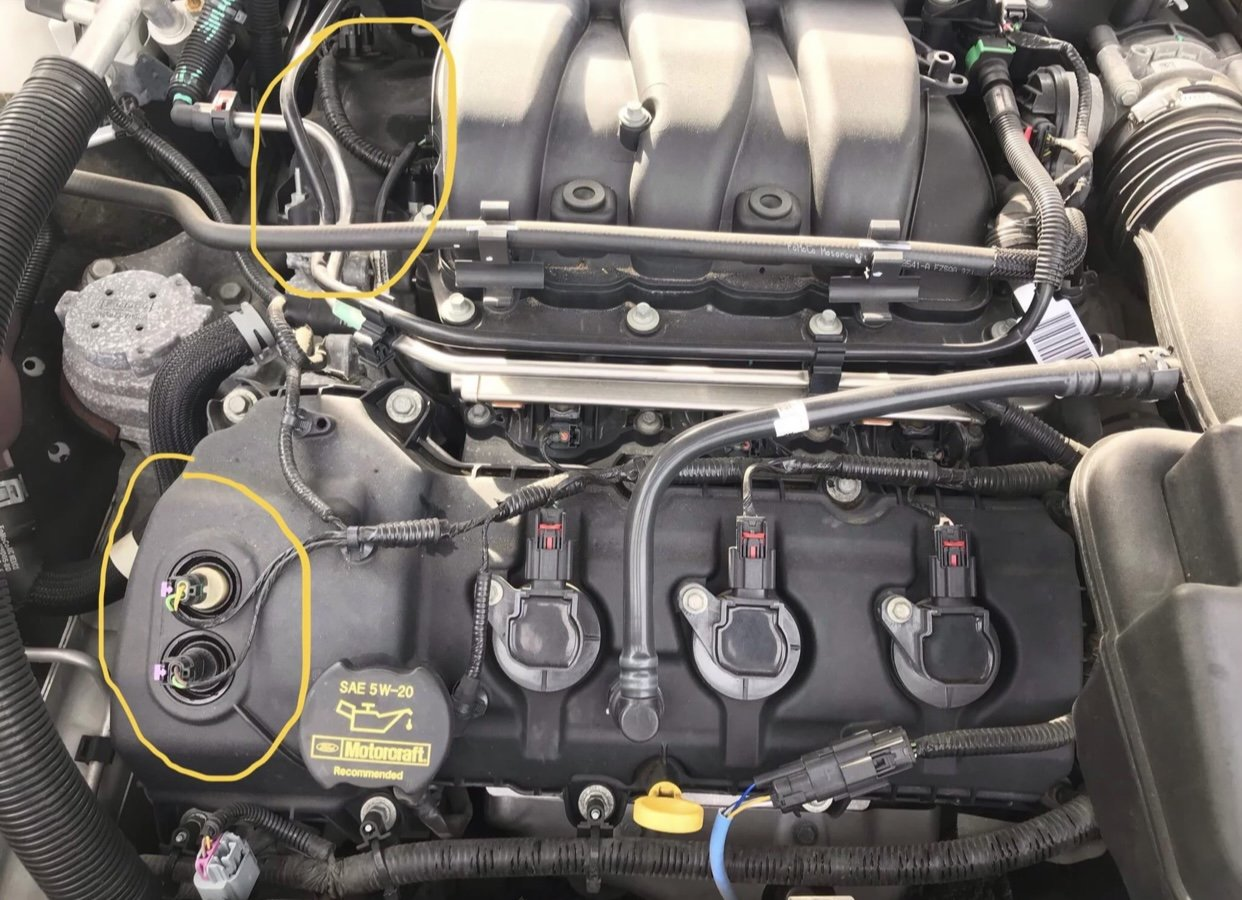Camshaft Position Sensor Symptoms and Solutions

The sophistication of modern automotive technology allows vehicles to operate more efficiently and environmentally friendly. The camshaft position sensor plays a vital role in this process. It monitors the position of the engine camshaft and assists the engine control unit (ECU) to ensure the accuracy of ignition timing and fuel injection amount. However, when there is a problem with the camshaft position sensor, it can cause a series of symptoms that can severely impact vehicle performance. Jinftry will discuss common symptoms and solutions of camshaft position sensors, hoping to be helpful to car owners.
1. What is a camshaft position sensor?

The camshaft position sensor, often referred to as a CMP sensor or cam sensor, is an important automotive sensor used to monitor the position of the engine camshaft.
2. What is the function of the camshaft position sensor?
1) Monitor camshaft position: The camshaft is one of the key components of the engine and is responsible for controlling the opening and closing of the valves and the intake and exhaust of the cylinder. The main task of the CMP sensor is to monitor the position, angle, and speed of the engine camshaft. By detecting the rotational state of the camshaft, it provides accurate information about the timing and position of the valves.
2) Determine ignition timing: Accurate ignition timing is crucial to engine performance. Data from the CMP sensor allows the engine control unit (ECU) or electronic control module (ECM) to determine when to fire to ignite the mixture. By ensuring that ignition occurs at the correct time and place, the engine can deliver optimal performance and combustion efficiency.
3) Adjust the fuel injection amount: The CMP sensor is also used to adjust the fuel injection amount. Based on information about the camshaft position, the ECU can decide when and how much fuel to inject into the cylinder. This helps maintain optimal efficiency of the combustion process, improves fuel economy, and reduces emissions.
4) Improve engine efficiency: Accurate camshaft position data helps the engine run more smoothly and efficiently under different operating conditions. It allows the ECU to adjust valves and ignition as needed to suit other driving conditions.
5) Reduce emissions: By ensuring the accuracy of ignition timing and fuel injection, CMP sensors help reduce engine emissions and make vehicles more environmentally friendly.
3. Where is the camshaft position sensor located on the car?

The exact location of the camshaft position sensor will vary depending on the vehicle make, model, and engine type. Typically, however, you can find it in one of a few common locations:
1) On the camshaft cover: Most cars install the camshaft position sensor on the camshaft cover of the engine, close to the camshaft. This is one of the most common positions, especially in conventional engine designs. The sensor is usually attached to the camshaft cover by a bolt or clip and is connected to the camshaft gear or a special mark on the camshaft.
2) Near the intake manifold: Some models may install the camshaft position sensor near the intake manifold, usually upstream of the camshaft. This position may be more common in some modern engine designs.
3) Near the crankshaft position sensor: Sometimes, the camshaft position sensor may share the same part as the crankshaft position sensor, so you may want to look near the crankshaft position sensor. These sensors are often interconnected to ensure the accuracy of engine operation.
4) Near the electronic control module (ECM): In some models, the camshaft position sensor may be near the ECM or other control module and connected to the main control unit through a cable. This may be more common in some modern advanced engines.
5) Based on logos and colors: Some car manufacturers may add logos or color codes near the sensors to help owners or technicians identify the correct sensor. These markings may include "CMP" (short for Camshaft Position Sensor) or other related markings.
4. What are the causes of symptoms of the camshaft position sensor?
1) Damage to the sensing element: The camshaft position sensor contains a sensing element, such as a Hall effect sensor or a magnetoresistive sensor, which is used to detect the position of the camshaft. If these sensing elements are damaged or worn, they may not be able to accurately see the camshaft position, causing the sensor to degrade.
2) Cable or connection issues: The sensor is connected to the vehicle's electrical system. If the cable is broken, the connection is loose or damaged, the sensor may not work properly. Cable or connection problems can cause the sensor to produce inaccurate signals.
3) Dirt or oil: The sensor is usually located in the engine compartment and may be affected by oil, dirt, or dust. These contaminants can hinder the operation of the sensor, causing inaccurate data.
4) Power supply issues: Sensors usually require a power supply to function properly. If there is a problem with the power supply, such as unstable voltage or damaged power lines, the sensor may fail or produce inaccurate output.
5) Environmental factors: Environmental factors such as high temperature, extreme cold, moisture, or corrosive gases may cause damage to the sensor. These conditions can cause corrosion or damage to sensor components.
6) Sensor aging: Long-term use may cause the sensor elements to age and reduce their performance. Aging sensors may produce erratic signals or fail to function correctly.
7) Manufacturing defects: Although relatively rare, the sensor itself may have manufacturing defects, which may cause malfunction or degraded performance in the short or long term.
5. Common symptoms of the camshaft position sensor
1) Engine loses power: A failure of the camshaft position sensor will cause the engine to lose power during acceleration, and the maximum horsepower cannot be fully released. This can significantly reduce the vehicle's performance, especially in situations where a lot of power is required, such as overtaking or climbing hills.
2) Unstable idle speed: Another common symptom is unstable engine idle speed. The vehicle may vibrate or operate erratically when stopped or driven at slow speeds, which may even cause it to stall.
3) Reduced fuel efficiency: Problems with the camshaft position sensor will cause the ECU to be unable to accurately control the fuel injection amount, so the vehicle may consume more fuel and reduce fuel economy.
4) Emission issues: Abnormal ignition timing and fuel mixture can cause emissions to exceed legal limits and violate emission standards, requiring emissions system maintenance.
6. Solutions to camshaft position sensor symptoms
When your vehicle is exhibiting camshaft position sensor symptoms, don’t worry, there are some solutions you can take:
1) Diagnostic inspection: If you suspect that the camshaft position sensor is faulty, you should first send the vehicle to a professional auto repair shop for diagnostic inspection. They can connect diagnostic tools to confirm the problem and identify whether the sensor needs to be replaced.
2) Sensor replacement: If a sensor fails, the most common solution is to replace it with a brand-new sensor. This is usually a relatively simple repair but requires specialist skills.
3) Cleaning and Maintenance: Sometimes, the camshaft position sensor may simply be affected by dirt or oil, and cleaning can solve the problem. Regular engine bay cleaning and maintenance can help reduce the occurrence of this problem.
4) Check Wires and Connections: Sometimes the problem may not be with the sensor itself but with the wires or connections associated with the sensor. Inspecting these electrical parts to make sure they are not damaged or corroded is also a step in solving the problem.
In Conclusion
A faulty camshaft position sensor can have a serious impact on vehicle performance and fuel economy, but fortunately, these problems can usually be resolved with regular maintenance and prompt repair. If you notice camshaft position sensor symptoms in your vehicle, it's important to take action to fix the problem as soon as possible to ensure your vehicle is running at its best. Regular car maintenance and inspections can help you detect problems early and avoid more serious breakdowns.







